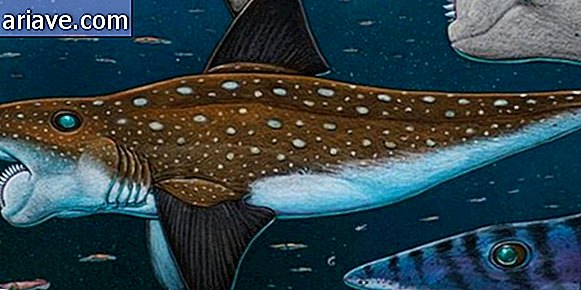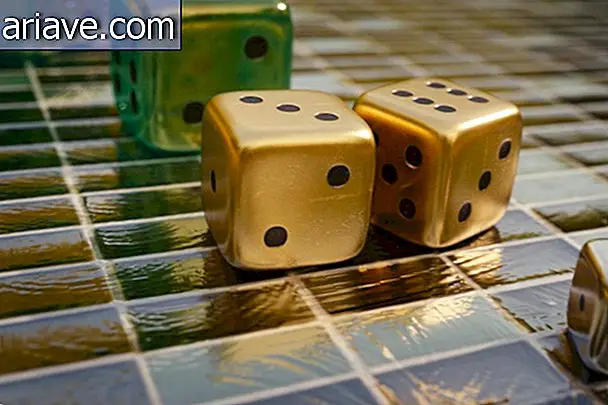Scientists create 'biorobots' capable of moving on their own
Researchers at the University of Illinois, USA, created a pliable device powered by light-activated motor nerve cells. The biorobot is the first apparatus of its kind capable of walking and swimming autonomously and its functioning is through the contractions of cells of skeletal muscle tissue - or striated muscle tissue, which is composed of cylindrical shaped fibers that can reach measure a few inches in length.
Living machines
In fact, the same team of scientists has been working on the design of autonomous biorobots for a few years now, and the first device the team developed was inspired by the sperm shape and was driven by the pulsation of striated cardiac muscle cells obtained from from laboratory mice. However, because these initial models lacked any perception of the environment or the ability to make decisions autonomously, the researchers refined the project.

The second version of the birrobot was also inspired by the shape of the sperm, but the scientists endowed the double-tailed device and replaced cardiac tissue cells with skeletal tissue cells. In addition, to function, the biorobot is driven by motor neurons that come into play after being exposed to light and activate muscle cells.
Regarding the biorobot's self-propelling ability, after ensuring that the neuromuscular tissue was compatible with the robot's “body”, the researchers optimized the device's ability to move - or swim or walk -. But the team's work continues, as scientists now plan to use hierarchically controlled neural networks to get the machines to be programmed to perform more complex and controlled movements.

The goal of the team is to one day develop multicellular bio-hybrid systems that are able to respond intelligently from the evidence in their environment. With regard to technology applications, researchers believe that areas such as medicine and bioengineering, as well as the development of materials with self-healing properties, will benefit most from the devices.
However, the scientists explained that when this technology is sufficiently developed and in use, it is important to keep in mind that in the case of bio-hybrid devices, as with any living organism, no biorobot will be the same as the other. and even if they are programmed to perform exactly the functions, each of these “living machines” will perform its tasks in a unique way.
Scientists create 'biorobots' capable of moving alone via TecMundo











